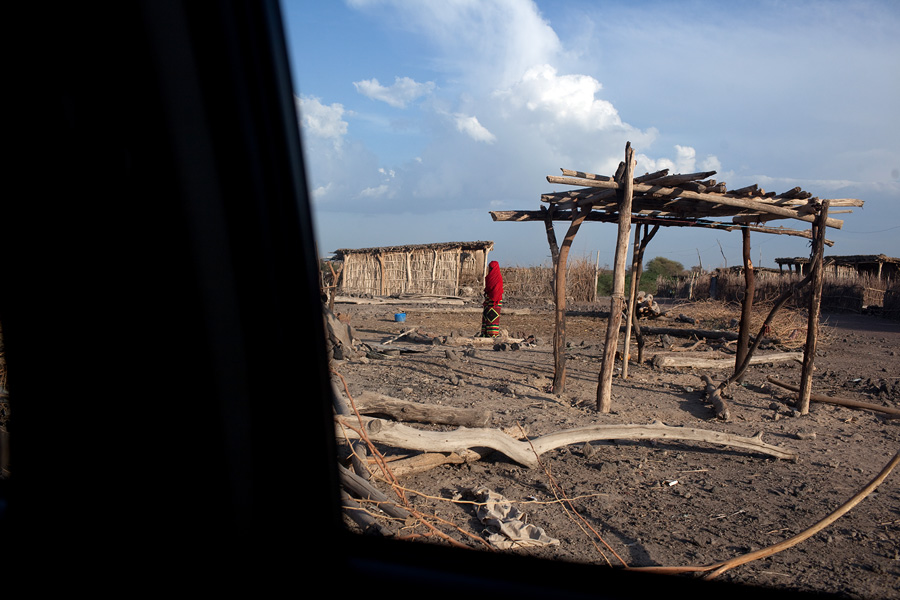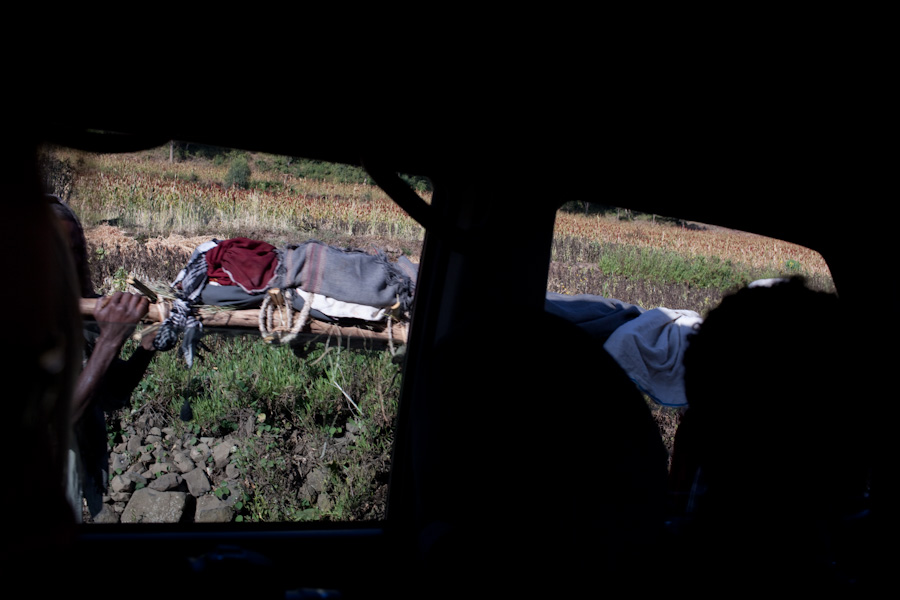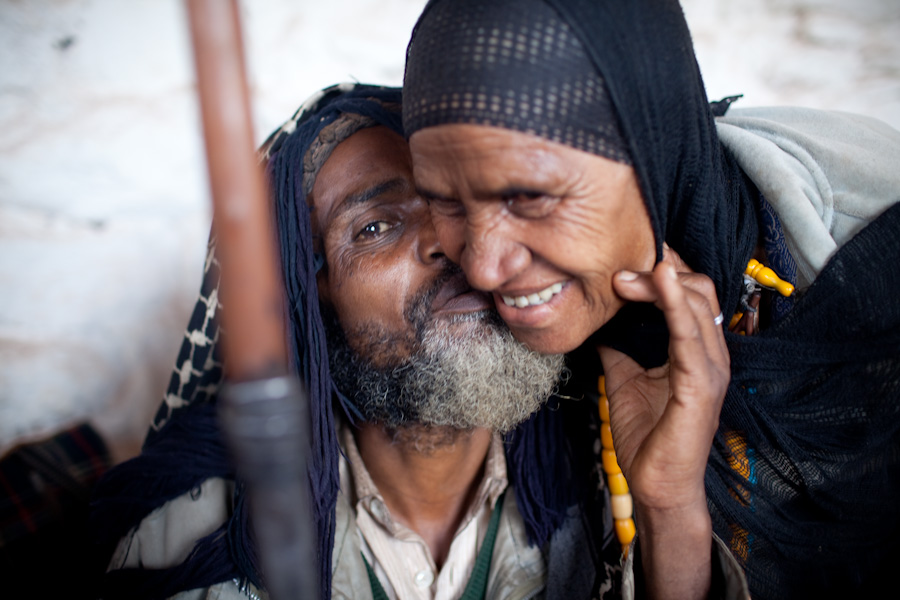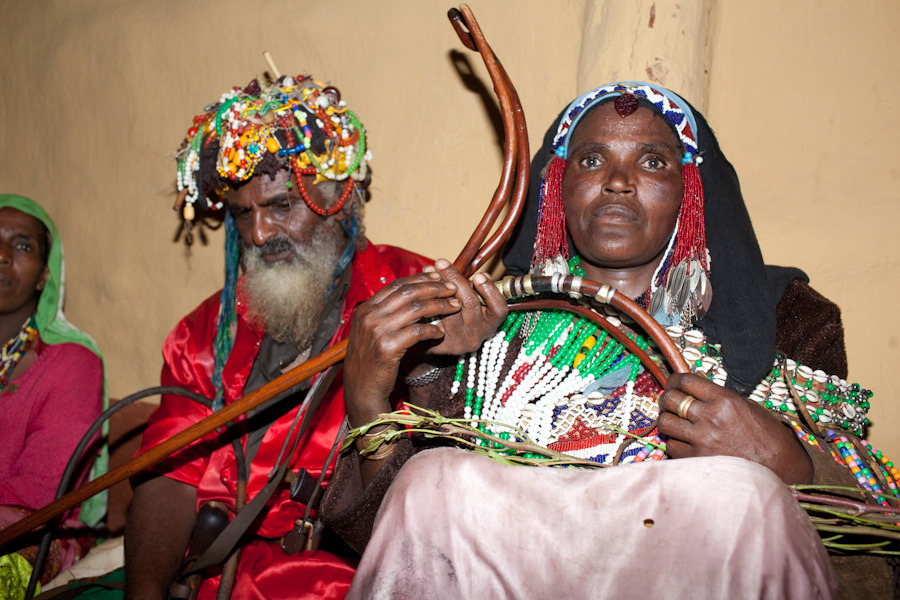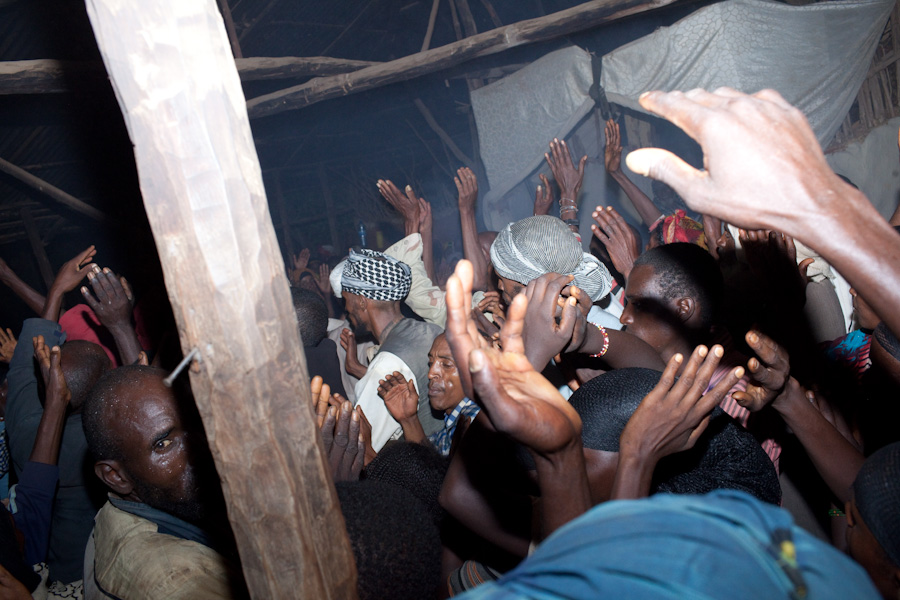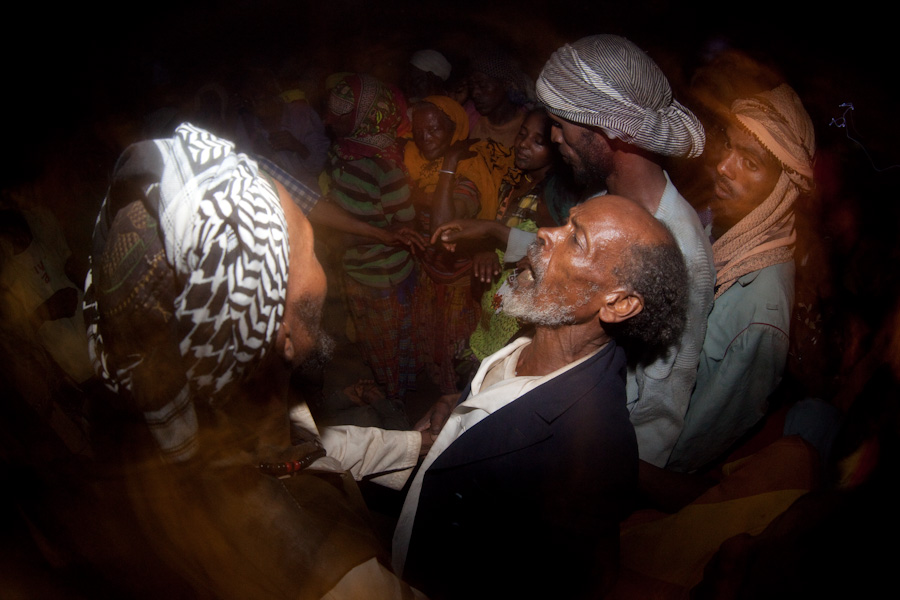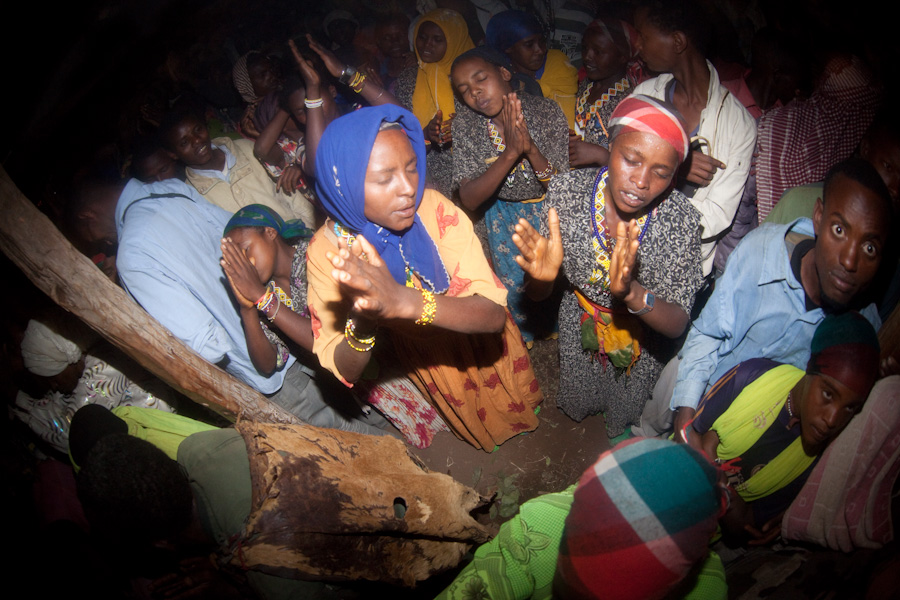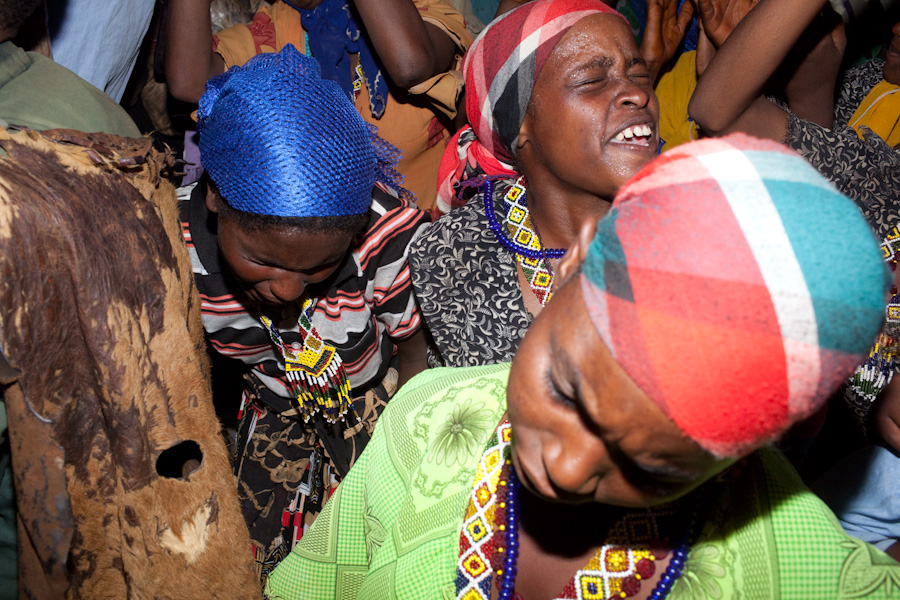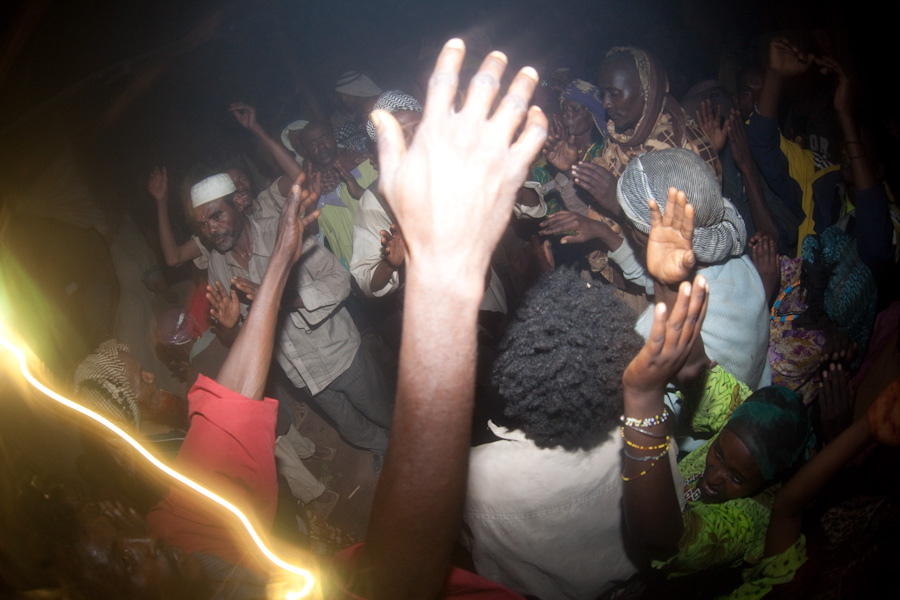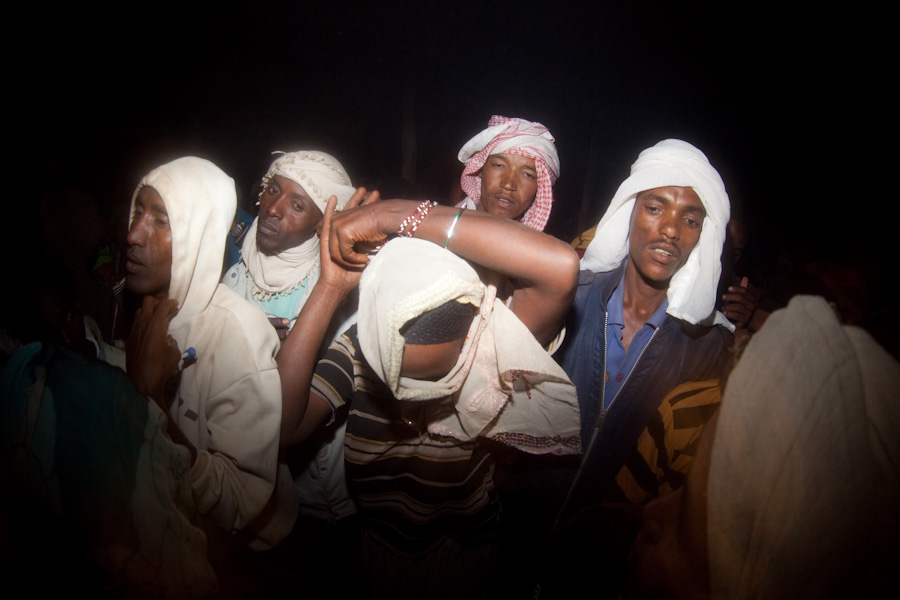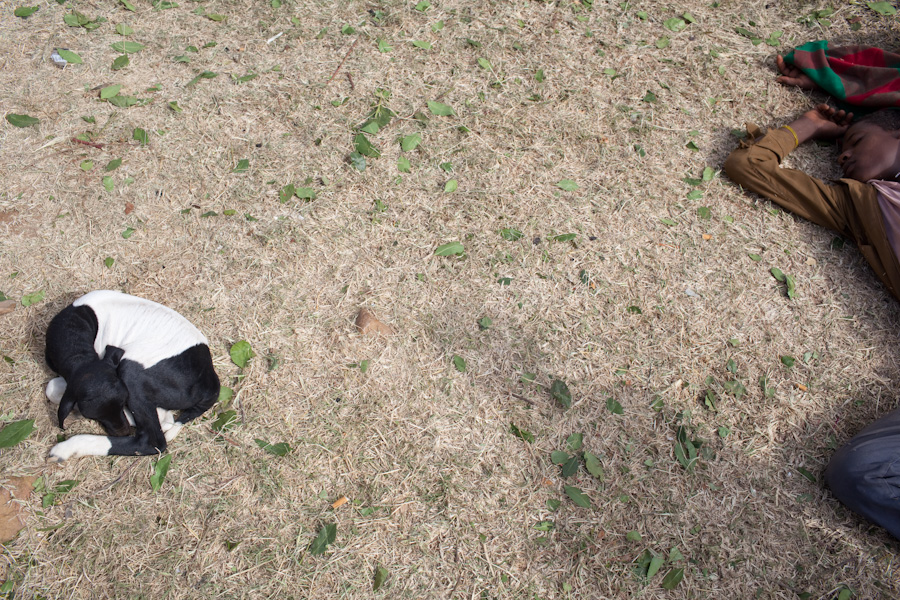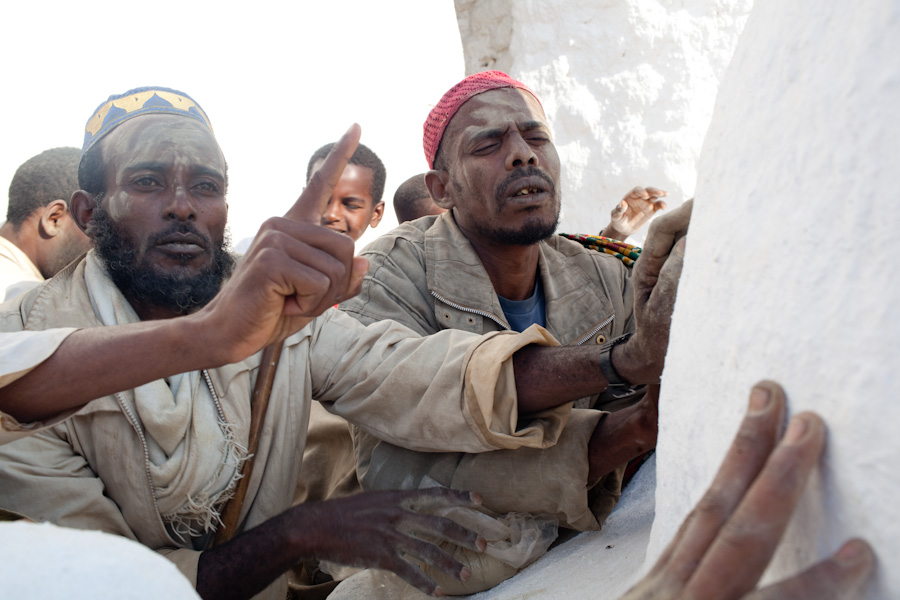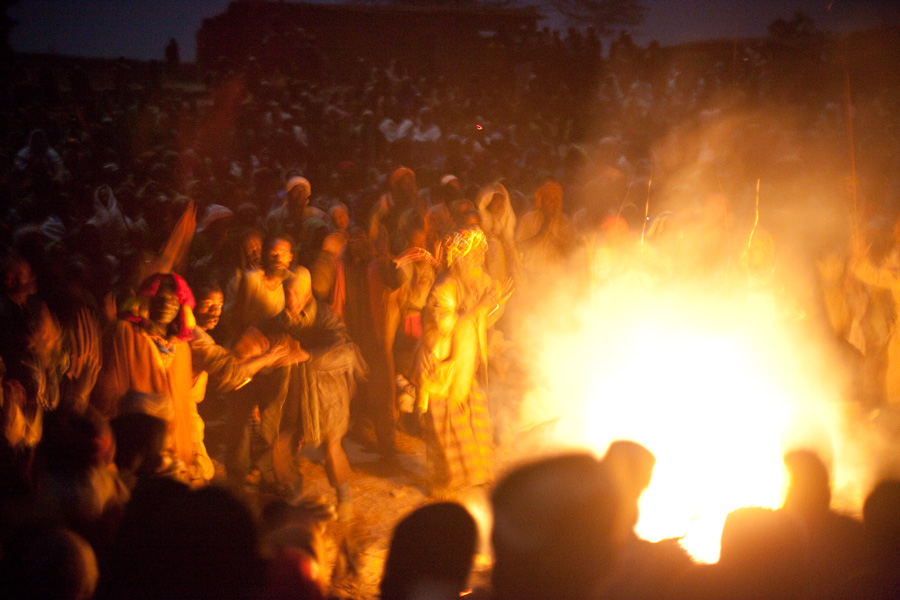I’ve been stuck inside, so many times already, in different places. Absurd invention, metal & plastic moving box on the roads and off-road, traversing cultures and landscapes while its inhabitants listen to mp3s, read, chew, shake the stones in kidneys and peek outside, occasionally they stop to pee or drink coffee. 4×4, white man fortress in Africa. There is a story from Congo, where some dirt road through some jungle was leading to some NGO frequented camp, and many white Toyotas were passing that way splashing mud in villagers’ faces until one day one broke and the passengers got outside. So the story says the locals were shocked to see white man walking, as up till then they only seen white man’s upper part and didn’t know they can walk. Maybe that is bullshit, but likely bullshit, believe me.
***
Byłem uwięziony w środku tak wiele razy, w różnych okolicznościach. Absurdalny wynalazek, przemieszczające się po drogach i bezdrożach plastikowo-metalowe pudełko, mijające kultury i krajobrazy, podczas gdy jego lokatorzy słuchają mptrójek, czytają, coś żrą, coś żują, wytrzęsają kamienie z nerek i gapią się na zewnątrz, czasem zatrzymują na siku czy kawkę. Tak zwany dżip, forteca białego człowieka w Afryce. Jest taka historia bodajże z Kongo, gdzie jakaś czerwona dzika droga przebijała się przez jakąś dżunglę do obozu uchodźców prowadzonego przez dobrych białasów, no i wiele białych Toyot z napędem na cztery wiozło te białe anioły, rozbryzgując błoto na wieśniaków , aż pewnego dnia jeden pojazd się zepsuł i pasażerowie wyszli na zewnątrz rozprostować kości. Według tej historii tubylcy byli zszokowani widokiem spacerujących białasów, do tej pory widzieli jedynie ich górną połowę i nie sądzili że ci umieją poruszać się pieszo. Może to bzdura, ale bardzo wiarygodna, uwierzcie mi, byłem tu i tam.




